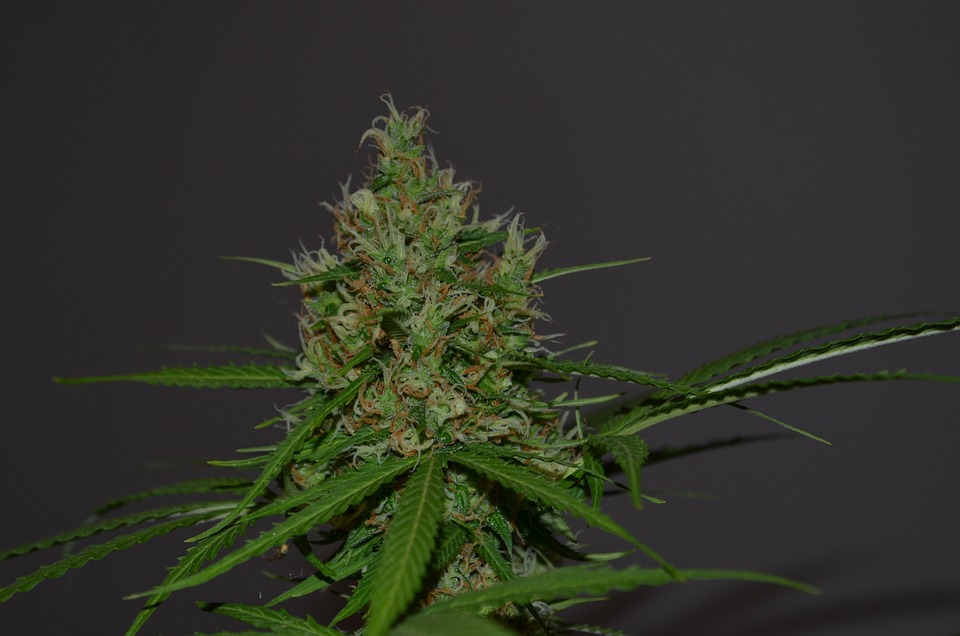Growing Hemp: A Promising Solution to Environmental Challenges
Hemp, a variety of the Cannabis sativa plant, has been gaining popularity as a sustainable and versatile crop that offers numerous environmental benefits. From reducing carbon emissions to restoring soil health, hemp has the potential to address many of today’s environmental challenges. In this article, we will explore the ways in which growing hemp can help make a positive impact on the planet.
Reducing Carbon Emissions
One of the most significant benefits of growing hemp is its ability to sequester carbon dioxide from the atmosphere. Hemp plants absorb large amounts of CO2 during photosynthesis, making them an effective tool in the fight against climate change. By cultivating hemp on a large scale, we can help reduce greenhouse gas emissions and mitigate the effects of global warming.
Restoring Soil Health
Another advantage of hemp cultivation is its ability to improve soil quality. Hemp has deep roots that penetrate the soil, breaking up compacted earth and promoting better aeration and drainage. Additionally, hemp plants have a high natural resistance to pests and diseases, reducing the need for harmful pesticides and herbicides that can damage soil health.
Water Conservation
Hemp is a low-water crop that requires significantly less irrigation than many other plants. This makes it an ideal choice for regions experiencing water scarcity or drought conditions. By growing hemp, we can conserve precious water resources and ensure sustainable agricultural practices for the future.
Biodegradable Products
One of the most exciting aspects of hemp cultivation is its potential to replace non-biodegradable materials with eco-friendly alternatives. Hemp fibers can be used to make paper, textiles, and bioplastics that decompose naturally and do not contribute to the growing problem of plastic pollution. By embracing hemp-based products, we can help reduce waste and protect the environment for future generations.
In conclusion, growing hemp presents a promising solution to many of the environmental challenges we face today. From reducing carbon emissions to promoting soil health and water conservation, hemp offers a sustainable and eco-friendly alternative to traditional crops. By embracing hemp cultivation and supporting the development of hemp-based products, we can make a positive impact on the planet and create a more sustainable future for generations to come.
Q: Is hemp the same as marijuana?
A: While hemp and marijuana come from the same plant species, they are different varieties with distinct chemical compositions. Hemp contains low levels of THC, the psychoactive compound found in marijuana, making it non-intoxicating and safe for use in a variety of industrial applications.
Q: Is it legal to grow hemp?
A: The legal status of hemp cultivation varies by country and region. In many places, hemp cultivation is permitted under certain conditions, such as having low THC content and obtaining proper licenses. It is important to research and understand the laws and regulations governing hemp cultivation in your area before starting a hemp farm.
Q: What are some common uses for hemp?
A: Hemp has a wide range of industrial and commercial applications, including textiles, paper, food products, biofuel, building materials, and more. Hemp fibers are known for their strength and durability, making them ideal for use in a variety of products that can help reduce our reliance on non-renewable resources.


Comments are closed.